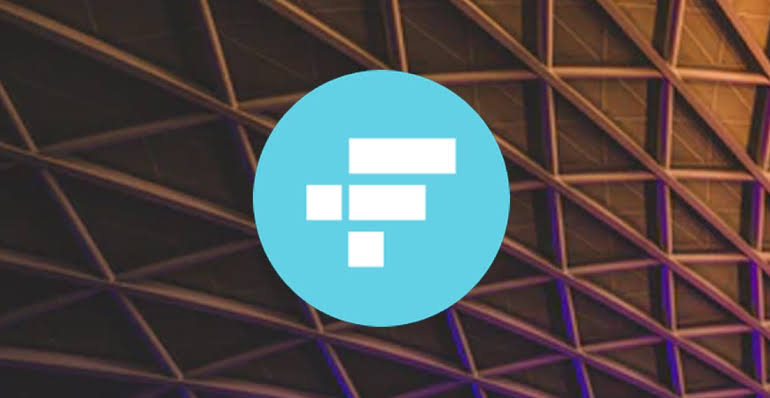
George Spencer
FTX Token (FTT): Why You Should Care About It

Because of how FTX’s value has surged in such a short amount of time, more people are starting to pay attention to it. One FTT is currently trading at around $45, up from less than $4 in December 2020. The market capitalization of FTX jumped from $400 million to more than $6 billion during the same period.
The growth of FTX isn’t coincidental. Analysts believe that greater public awareness, excellent collaborations, and new protocol launches on the FTX exchange have contributed to the success of the FTX token, and that the price of FTX will continue to rise. This is a quick rundown of FTX and its token, FTT.
What is FTT?
FTT is a cryptocurrency that is traded on FTX, a global crypto derivatives exchange. FTT, dubbed the “backbone” of the FTX exchange, offers its holders a variety of advantages. FTT is one of the numerous cutting-edge products available on the FTX exchange, and it may be the most essential. FTT, like other well-known instruments like Bitcoin, has a monetary value, can be traded, and is used to conduct financial transactions.
How it Works
Users who trade on the platform can use FTX to get trading fee savings. This results in lower FTX futures trading fees and tighter OTC spreads. This token can also be used as a collateral for future positions, thereby increasing FTT’s utility and demand. During major market moves, instead of having clawbacks, FTX’s insurance fund will offer a net gain and this percentage of gain will be distributed among its holders.
Moreover, for those desiring to build leveraged tokens, they can use FTX’s token to accomplish so. Crypto institutions interested in purchasing a white label version of the OTC gateway and futures market can do so through FTT. FTT, as the FTX ecosystem’s backbone, will become increasingly helpful as more derivative products are introduced.
Team
Jane Street, Optiver, Susquehanna, Facebook, and Google are among the top quant funds and tech corporations on Wall Street. They are well-versed in traditional secondary markets. They have experience trading equities derivatives and understand both how derivatives are usually created and what derivatives are in demand in the market.
Alameda Research is a supporter of FTX. If you don’t know who they are, they are a quantitative bitcoin trading firm with a $100 million AUM. Alameda Research became the largest liquidity provider and market maker in the cryptocurrency world inside a year. Alameda trades $600 million to $1 billion each day, accounting for about 5% of worldwide turnover, and is the third largest BitMEX exchange.
Pros
- The platform is essentially a crypto derivatives marketplace with unique derivatives instruments. It sets itself apart from competitors by providing a diverse choice of derivatives and trading conditions, some of which are not available anywhere else.
- FTX is a user-friendly UI that, unlike other big crypto platforms, has no learning curve. New traders will feel right at home with their easy-to-understand features.
- Global reach: Anyone with access to the internet may quickly open an account with FTX and begin trading within minutes.
Cons
- Limited services: U.S. residents are unable to trade on FTX.com due to local rules. On its FTX.us platform, FTX compensates for this loss by offering a limited variety of derivatives. The company is already collaborating with LedgerX to provide new chances to traders in the United States.
- High withdrawal fees: Despite the cheap trading fees, each withdrawal under $10,000 will cost you an extra $75 in withdrawal fees. In comparison to other crypto trading platforms of comparable size, this is a costly operation.
- Incomplete range: If you want to trade popular cryptos like Polkadot, Stellar, or Cardano, you’ll have to seek elsewhere or trade one of the more than 130 cryptocurrencies available.
Latest
Altcoins
09 May 2024
Altcoins
19 Apr 2024
Altcoins
16 Jan 2024
Altcoins
31 Aug 2023
Altcoins
24 Jun 2023
Altcoins
24 Jun 2023













